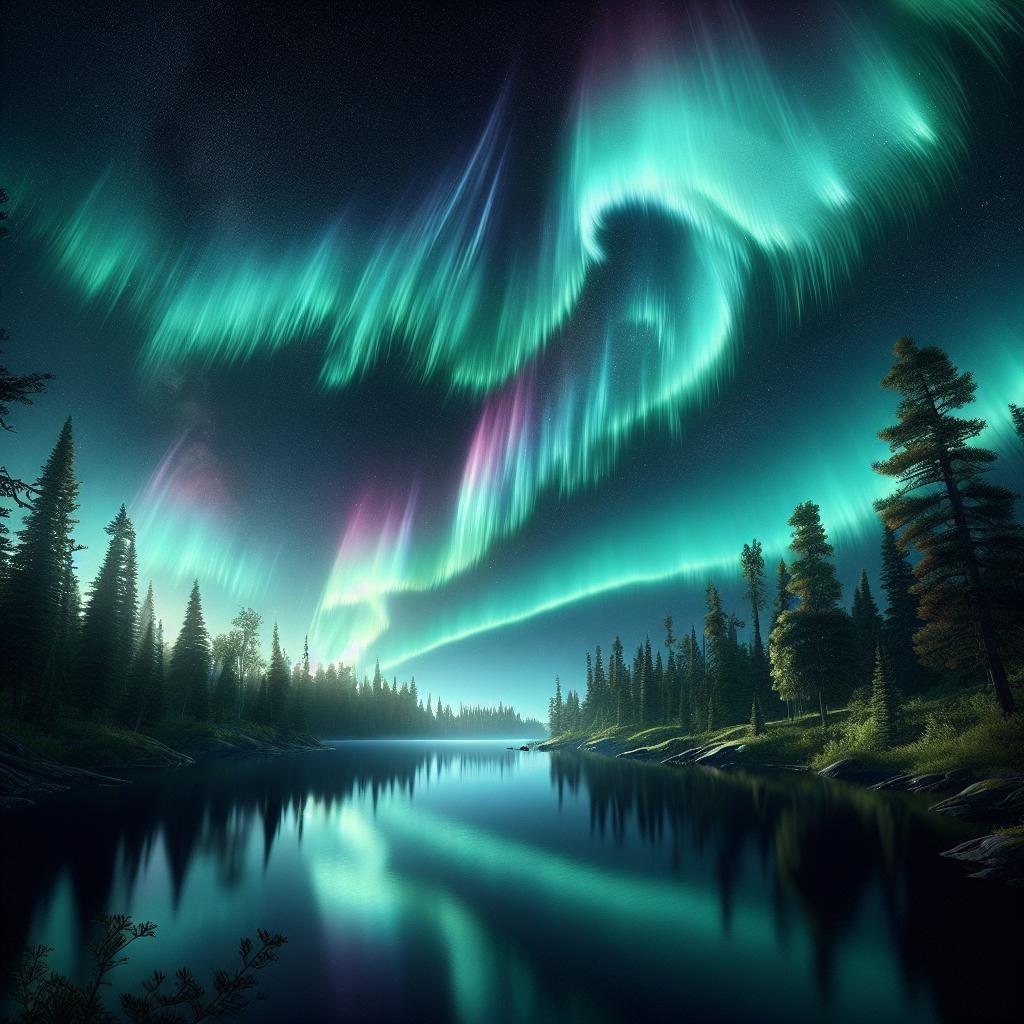

Aurora borealis over Michigan
Want to target the right audience? Sponsor our site and choose your specific industry to connect with a relevant audience.
Prominent brand mentions across targeted, industry-focused articles
High-visibility placements that speak directly to an engaged local audience
Guaranteed coverage that maximizes exposure and reinforces your brand presence
Interested in seeing what sponsored content looks like on our platform?
May’s Roofing & Contracting
Forwal Construction
NSC Clips
Real Internet Sales
Suited
Florida4Golf
Click the button below to sponsor our articles:
Sponsor Our ArticlesResidents of Michigan have a spectacular view to look forward to tonight. Space weather forecasters predict that the entire state could enjoy views of the northern lights, or aurora borealis on Monday night into Tuesday morning. This is thanks to a “strong” G3 geomagnetic storm warning being issued, which suggests that the sensational celestial display could stretch south into Michigan.
A geomagnetic storm is a vast disturbance of Earth’s magnetosphere that comes into existence when there is a highly efficient exchange of energy from the solar wind into the space around Earth. These storms spring from changes in the solar wind that lead to significant changes in the currents, plasmas, and fields in Earth’s magnetosphere. Solar wind conditions that result in geomagnetic storms are generally sustained periods of high-speed solar wind, predominantly a southward directed solar wind magnetic field at the dayside of the magnetosphere. This condition is effective for transferring energy from the solar wind into Earth’s magnetosphere.
The northern lights, or Aurora borealis, are vibrant, dancing lights that are the result of collisions between electrically charged particles from the sun entering Earth’s atmosphere. While they are predominantly seen above the magnetic poles of the northern and southern hemispheres, certain space weather conditions can push them further afield. Their southern counterparts are known as Aurora Australis.
The lights can appear in various forms: from patches or scattered clouds of light to streamers, arcs, rippling curtains, or shooting rays that light up the sky. While commonly light green and pink, shades of red, yellow, green, blue, and violet have also been reported, giving them their otherworldly glow.
For the best viewing experience, look toward the northern horizon. The further north you are, the higher in the sky the lights will be. As ambient light can affect visibility, try finding an area with minimal light pollution.
The northern lights are a fantastic and rare spectacle for those living in Michigan. Remember to seize this chance to experience one of nature’s most stunning displays.
The northern lights were visible to some residents on Sunday night too, providing a mesmerizing display of colours. Tonight’s forecast suggests an even larger portion of the state could experience the display, making it a truly state-wide event. Make sure to have your cameras ready; we might be in for an enthralling show!
News Summary U.S. senators have introduced the Strengthening VA Patient Advocacy for Rural Veterans Act,…
News Summary A newly formed patient advocacy group, Ucan Ireland, is dedicated to enhancing access…
News Summary The Health Equity Alliance (HEAL) has closed its doors permanently, significantly impacting the…
News Summary The International Chamber of Commerce (ICC) has announced an upgrade to its ICC…
News Summary The Singapore International Arbitration Centre has introduced the SIAC Gateway, an innovative online…
News Summary WellSky has launched its new CarePort Care Transitions Dashboard Suite to improve case…